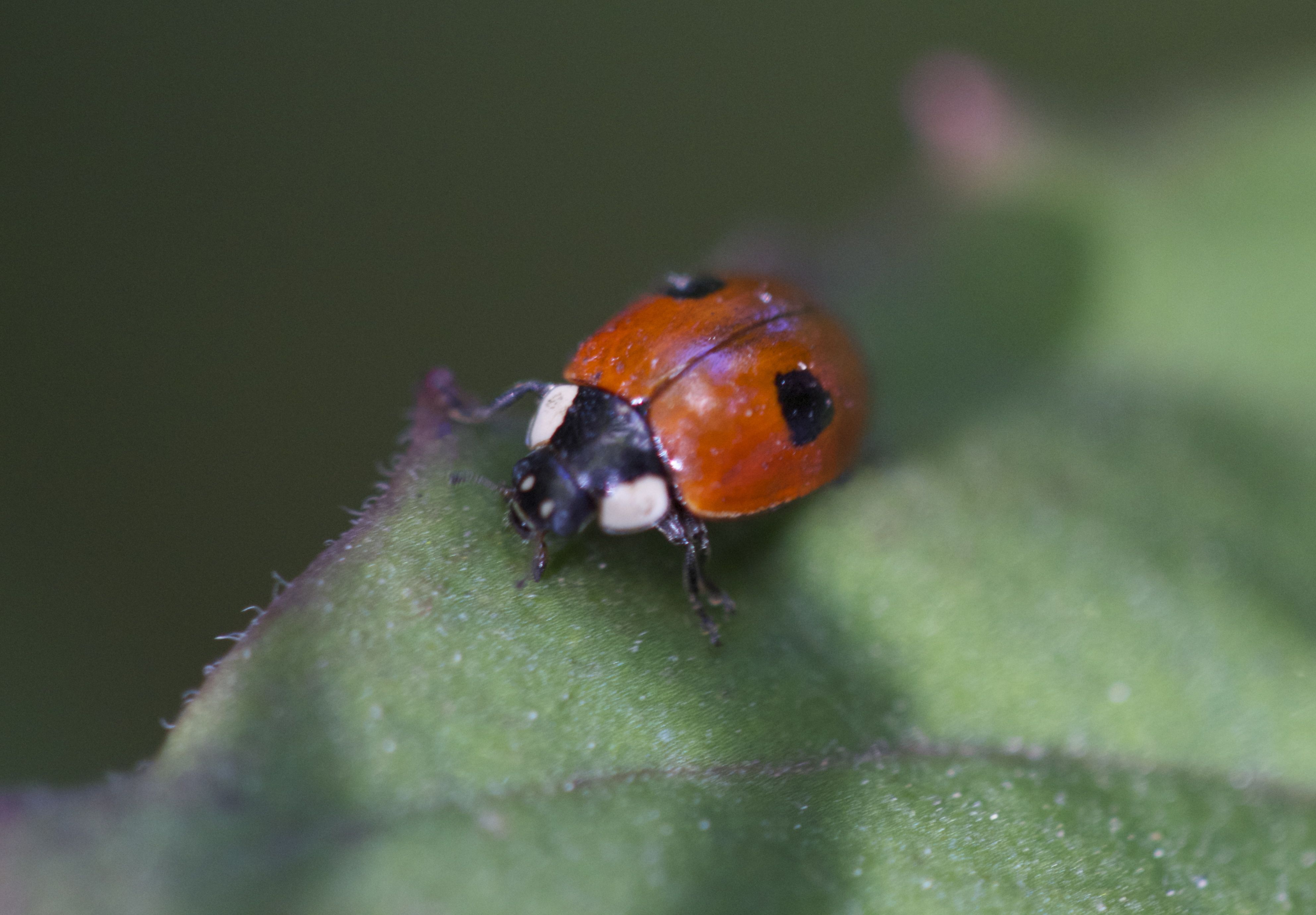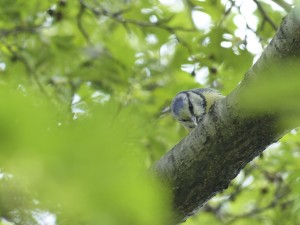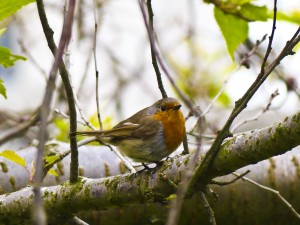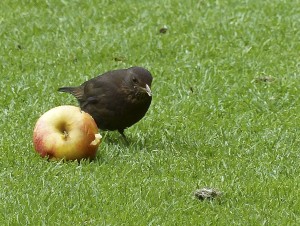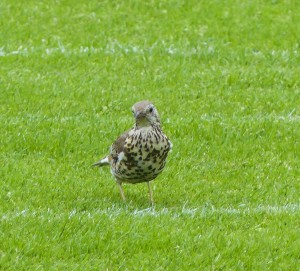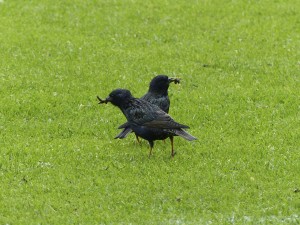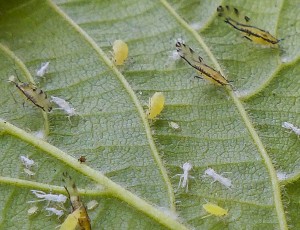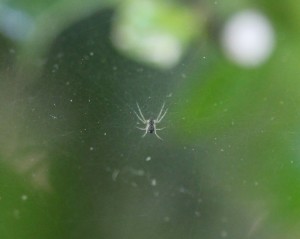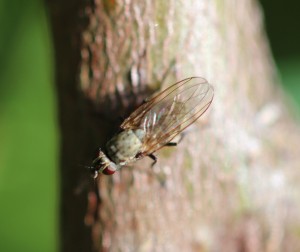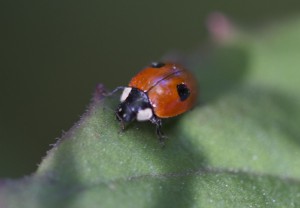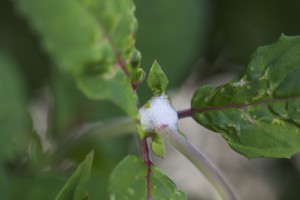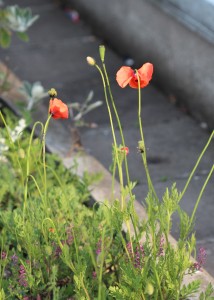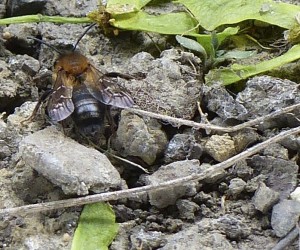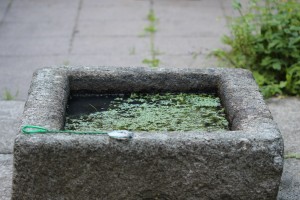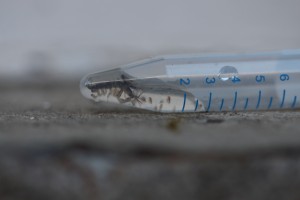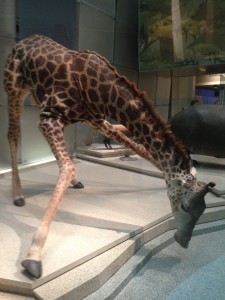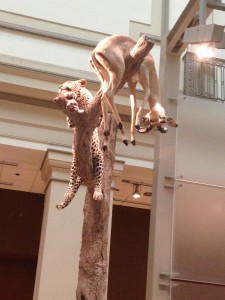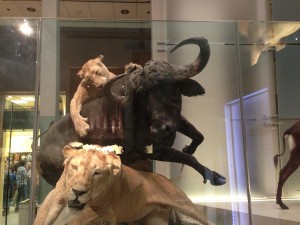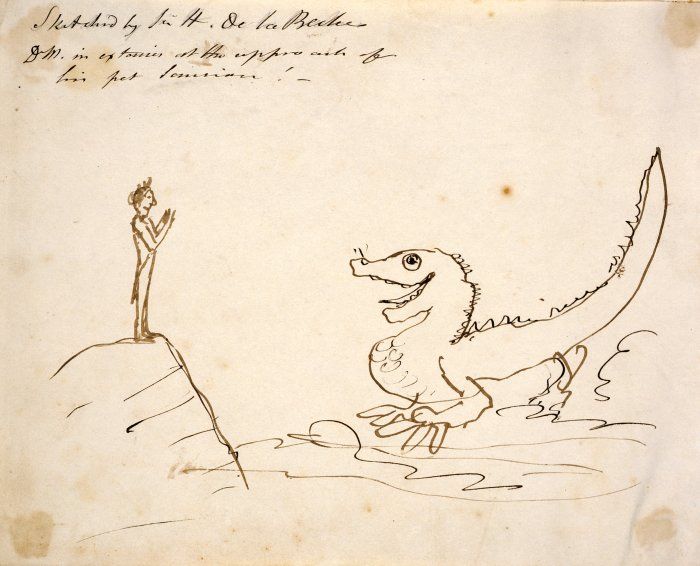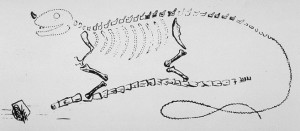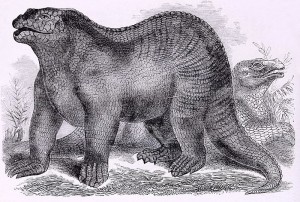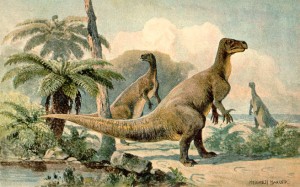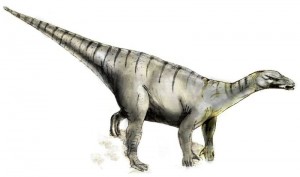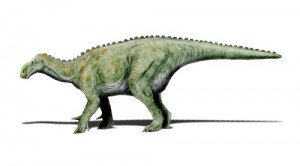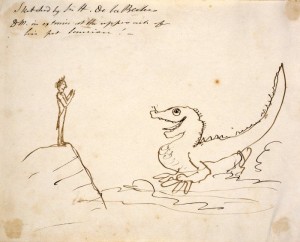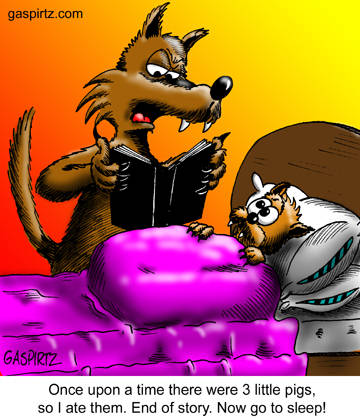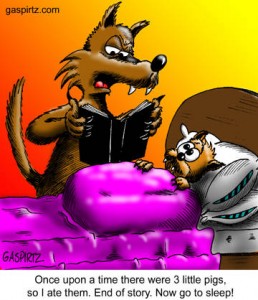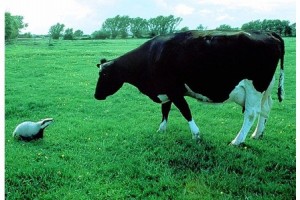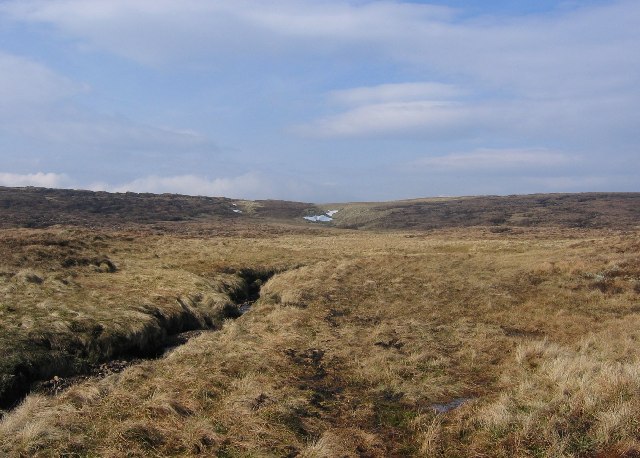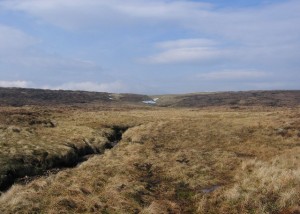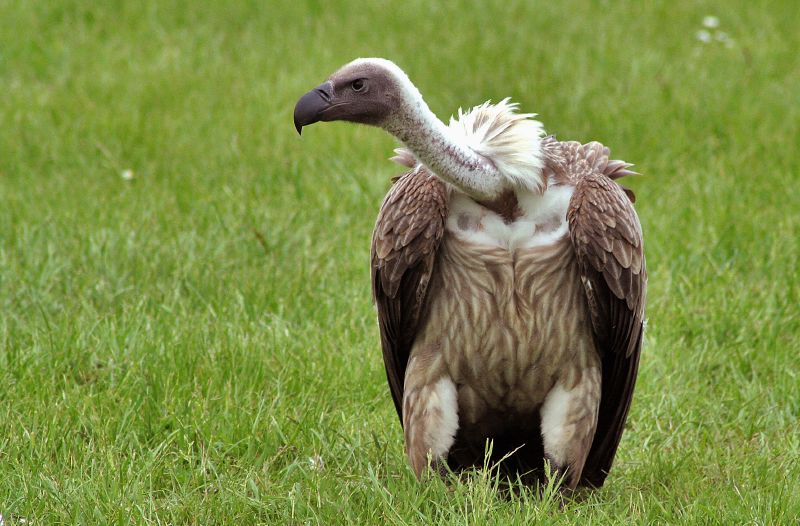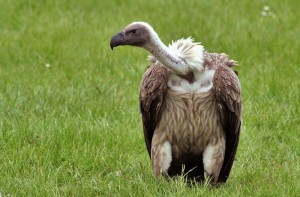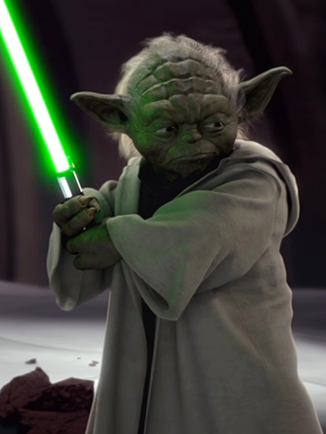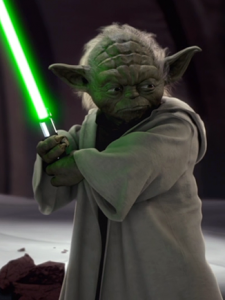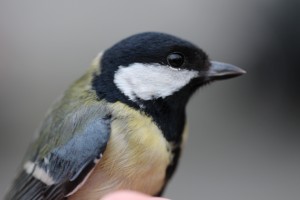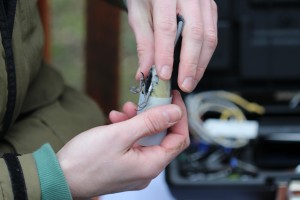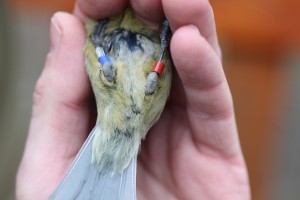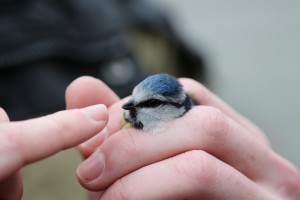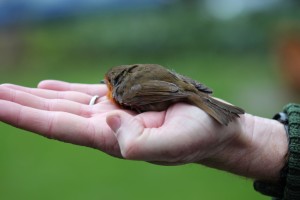My former PhD student,
Luke McNally and I authored a paper published recently showing how “
Cooperation creates selection for tactical deception”. Using a combination of mathematical models and analysis of empirical data from 24 primate species, we show that acts of deception are more likely to occur when the individuals in the group show greater cooperation. In other words, deception and cooperation go hand-in-hand. Perhaps not a surprising result, as
Rob Brooks recently pointed out in a very accurate and nice
blog post on our paper, but the evolutionary forces that might maintain deception in society have not been previously described.
We have enjoyed some media coverage with this paper, including some international science slots, a bit of national radio and Rob’s blog post. I take some mixed pleasure in the fact that a creationist website picked up on both our paper and Rob’s post. Its something of a tongue-in-cheek achievement to have caught their eye given my total opposition to creationism in all its forms. I’m also quite proud to have earned a “Darwin baloney” award (which I might add to my website as a badge of honour assuming I’m not infringing copyright). Im also intrigued to have the mental disorder “Yoda Complex” bestowed upon me by this group, even if it is not the Urban Dictionary definition but rather their own invention because “because we thought of it independently” (Editor’s comment in http://crev.info/2013/05/evolutionists-confess-to-lying/). So happy with this flattery than I now tweet under @yodacomplex.
Ordinarily I would steer clear of getting sucked into arguing with such groups, but their article just annoys me. I’m even more annoyed that I can’t reply to their post on their site without signing into their site, and registering with them is a bridge too far. Equally frustrating is their anonymity which makes directing my counter-arguments somewhat indirect.
The consequence of their argument is that “if lying evolved… how are readers to know who is telling the truth?” which leads them to the title “evolutionists confess to lying” (http://crev.info/2013/05/evolutionists-confess-to-lying/).
The basis of their argument goes:
“Imagine a liar so skilled, he convinces his listeners that he is 100% against the worst dishonesties in politics, public relations and propaganda. He tells you he wants to achieve enormous social good to provide a better understanding of how lying evolves. Now, add to it that he is self-deceived. Doesn’t his credibility implode? How could one possibly believe a word he says?”
How can one believe what a person says? This is exactly why we have science. Our results are open for all to examine and check. The results might be incorrect (but we are confident in our analyses), but until someone shows us exactly where we have gone wrong, then we can take them as being a true and fair reflection of our study system. Our mathematical model shows under what circumstances deception (lying) can be sustained in an evolutionary sense in any society subject to a cooperative based reward system (in this case a system governed by the Iterated Prisoner’s Dilemma). The prediction from the model is that mechanisms that might enforce cooperation (such as only cooperating with other co-operators and spurning those who cheat) create a niche where lying can profit and proliferate. Our analysis of data from 24 primate species backs up our theoretical model, showing that the more likely a species is to engage in cooperative acts, the more likely deception is to occur in their society.
The creationist author goes on to make a major error in interpreting the whole basis of the study of the evolution of social behaviour.
“In the evolutionary world, there is no essential difference between cooperation and deception. It’s only a matter of which side is in the majority at the moment.”
This is just plain incorrect, and is the entire basis for their spurious argument. In the study of social behaviour (irrespective of evolution) there is indeed a fundamental difference between cooperation and deception (although I think they really mean defection here, with deception being a means to hide ones defection in the wording of the Iterated Prisoner’s Dilemma). In the Iterated Prisoner’s Dilemma, and related games like the Snowdrift Game, cooperation is the act of assisting another individual so as to share a reward. Defection on the other hand is the act of cheating on the other person in the game so as to walk away with the entire reward for themselves. It is absolutely not a “majority” based definition. Deceivers in our model try to trick co-operators so as to walk away with their share too by convincing them that they intend to cooperate. The kool-aid scenario that follows in that blog post is just not relevant since it invokes a semantic argument about how the players choose to define cooperation and defection that is simply not present in these evolutionary models of social behaviour. All the author has done is to flip the labels of co-operators and defectors. The outcome of their scenario would be that the poisoners (who are actually the defectors as per any sensible definition of their behaviour in cooperative game) would kill all the co-operators leaving only themselves. Indeed, this matches the fundamental prediction of the evolutionary models which offer “defect all the time” as a consistent stable end-game scenario. It is the goal of most evolutionary studies of social behaviour to learn what mechanisms exist in societies that mean we don’t get stuck here, since it is clear that many primates, including humans, have a much more cooperative society than that depressing outlook.
“Since all these evolutionists believe that lying evolved as a fitness strategy, and since they are unable to distinguish between truth and lies, they essentially confess to lying themselves. Their readers are therefore justified in considering them deceivers, and dismissing everything they say, including the notion that lying evolved.”
This is the rather annoying consequence of their incorrect logical arguments. We can and do distinguish very clearly in our models and reasoning between truth and lies – at least in these models we do. Also, just because we point out that lying can have an evolutionary selective advantage (which is hardly surprising), surely doesn’t make us liars? I can’t see what the mechanism there could possibly be.
Just to end, I have to say that it is really difficult not to ridicule this type of article. The reasoning is just so off-the-wall, based on a manipulation of what science is all about, and with a really nefarious motivation running through it of debunking science for the true believers. I did laugh, I did sneer, (and I did take @yodacomplex as a twitter account, and I love it); but, I have tried here to avoid sneering since they use that against us (see the comments under their article). In fairness though, giving us a “Darwin Baloney” logo, and administering a mental health disorder on us (even if they made it up themselves) is pretty much name calling and sneering in my book – even if I am rather flattered to have acquired their attention.
Author
Andrew Jackson @yodacomplex
Photo credit
wikimedia commons
 This blog post was originally written and published here on the SoapBox Science blog. The Soapbox Science event showcases UK women in science to inspire the next generation of scientists by making science fun and accessible. This year it will take place on Friday 5th July 12-3pm on the Southbank in London. If you’re in the area why not go and take a look?
This blog post was originally written and published here on the SoapBox Science blog. The Soapbox Science event showcases UK women in science to inspire the next generation of scientists by making science fun and accessible. This year it will take place on Friday 5th July 12-3pm on the Southbank in London. If you’re in the area why not go and take a look?

